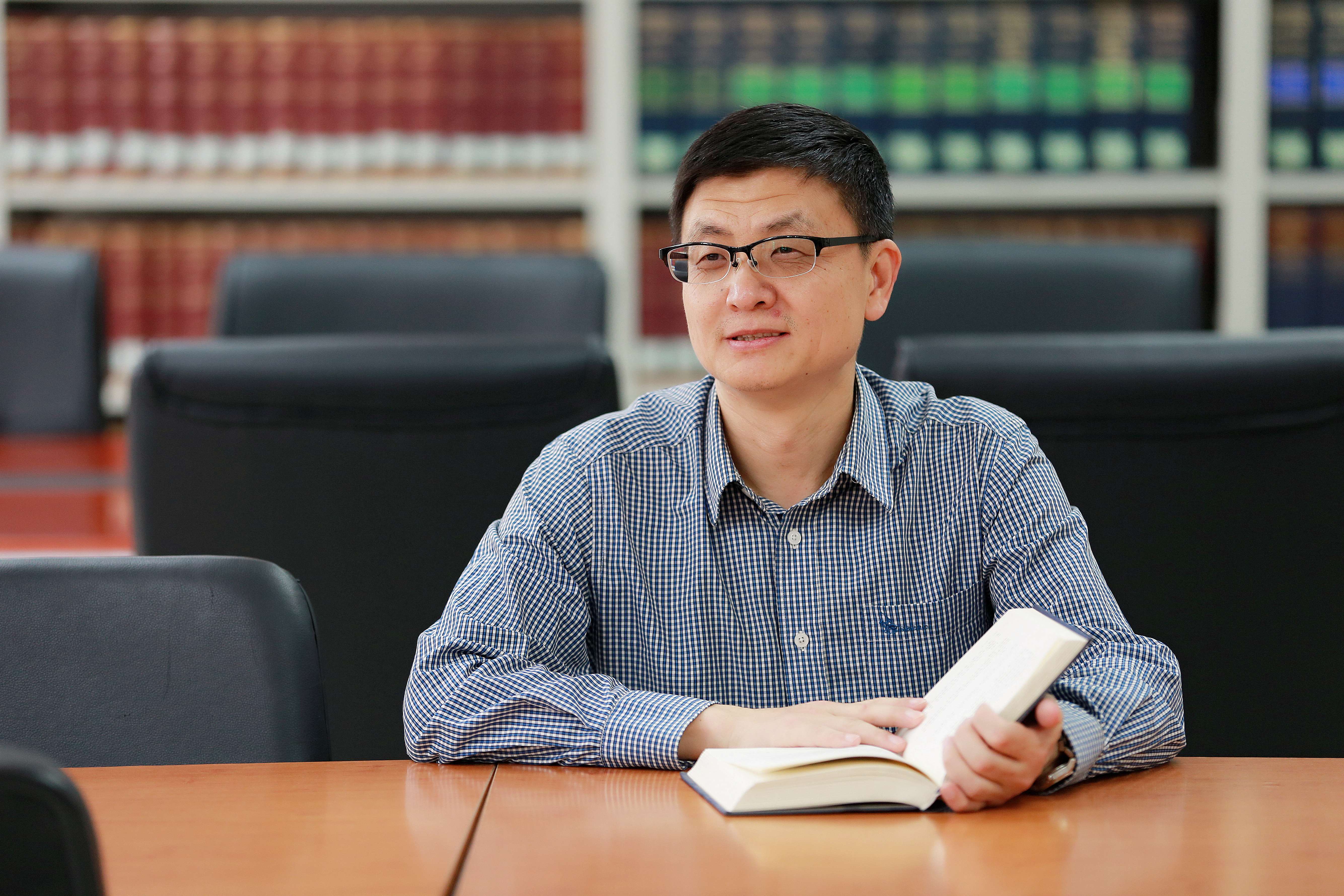
Abstract: Code, as the pivot of traditional Chinese legal system, embodies in a concentrated way the civilization level of ancient Chinese legal system with its systematic normative structure and exquisite legislative techniques. In the historical process of the systematic evolution of code, Fa Jing, Tang-Lv-Shu-Yi (Tang Code), and Da-Qing-Lv-Li (Qing Code) represented three different types of codification system. Fa Jing was a type-based code that created the vertical structure codification system. Tang-Lv-Shu-Yi was a compound of laws and legal comments, general provisions and specific provisions, and its vertical structure codification system was much mature than that of Fa Ying. Da-Qing-Lv-Li was a codification system of laws and regulations, which had both the simplicity and rigor in vertical structure and the openness and adaptability in horizontal structure. The codification system of ancient Chinese codes and its legislative techniques are the living genes of traditional Chinese legal system, which are still of modern significance and provide legal cultural support for China to improve its current codification system.
Keywords: traditional Chinese legal system; code; compilation system; legislative technique; modern significance; codification
Author:Zhang Sheng, a research fellow and head of Legal History Department, CASS Institute of Law
Source: 1 (2022) Oriental Law.



